Ethereum is Fast and Cheap.
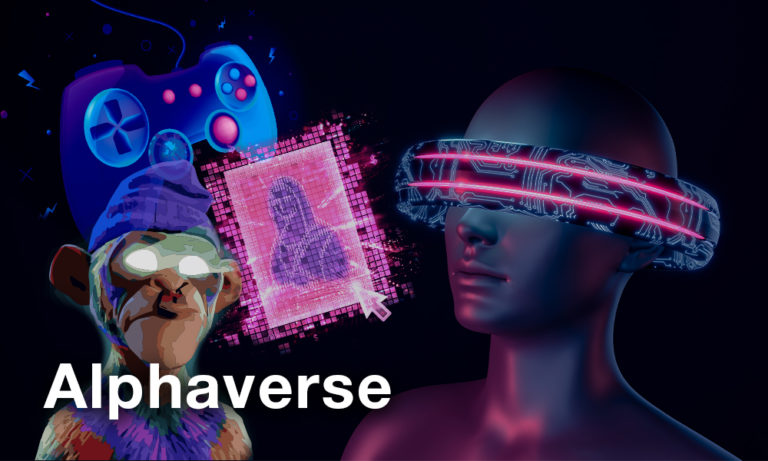
In one of the Alphaverse’ previous issues, I reviewed so-called Ethereum Killers. These base-layer blockchains are designed to host decentralized applications, and often flex high transaction speeds and low fees.
But Ethereum has an ace up its sleeve—sidechains.
Sidechains run separately from Ethereum but have bridges to it. Users only have to pay high Ethereum fees when they enter and exit sidechains. Otherwise, transactions on sidechains are incredibly cheap.
In the rest of this newsletter, I’ll provide you with a rundown of the better-performing Ethereum sidechains: Polygon and xDAI. Moreover, I will evaluate whether sidechains have a future after the implementation of Layer 1 scaling like Optimism and ZK-STARKs.
The Rise of Ethereum’s Layer 2
The idea of sidechains isn’t new. They existed on Bitcoin and Ethereum long before high-performance Layer 1 solutions appeared after the Cambrian blockchain explosion in 2017.
One of the first attempts to take transactions off-chain was the Raiden Network. At the time, the project’s idea was innovative. However, it merely enabled high-speed token transfers with certain limitations and no smart-contracts capabilities.
As the concept evolved, other projects started to offer speed and smart-contracts capabilities. There wasn’t any magic to the performance improvements, however. The teams just built less decentralized chains with lower security.
For example, the two solutions we’re going to pay close attention to are using the Proof-of-Stake consensus mechanism. Proof-of-Stake doesn’t require as much computation as Proof-of-Work, which makes it faster and cheaper. However, this also limits the number of block producers in the network, which may lead to cartel formation, one of the factors that killed the EOS blockchain.
For Ethereum, however, high transaction fees are starting to choke innovation on the network. Tradeoffs need to be made to foster adoption, or Ethereum risks losing its leading market position.
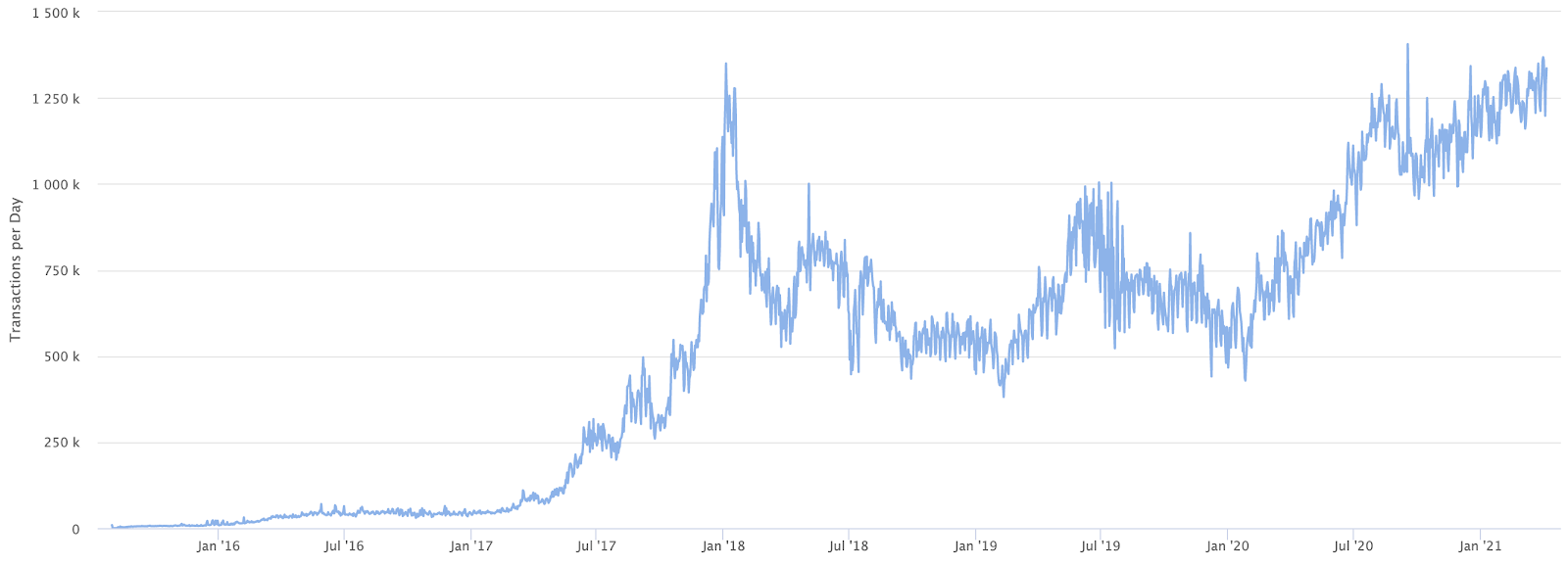
Daily transactions on Ethereum are moving to new all-time highs. Source: Etherscan.
The market acutely feels the need for Layer 2 solutions. Over the past month, the total amount of ETH on Polygon and xDAI multiplied, as the two charts below illustrate.
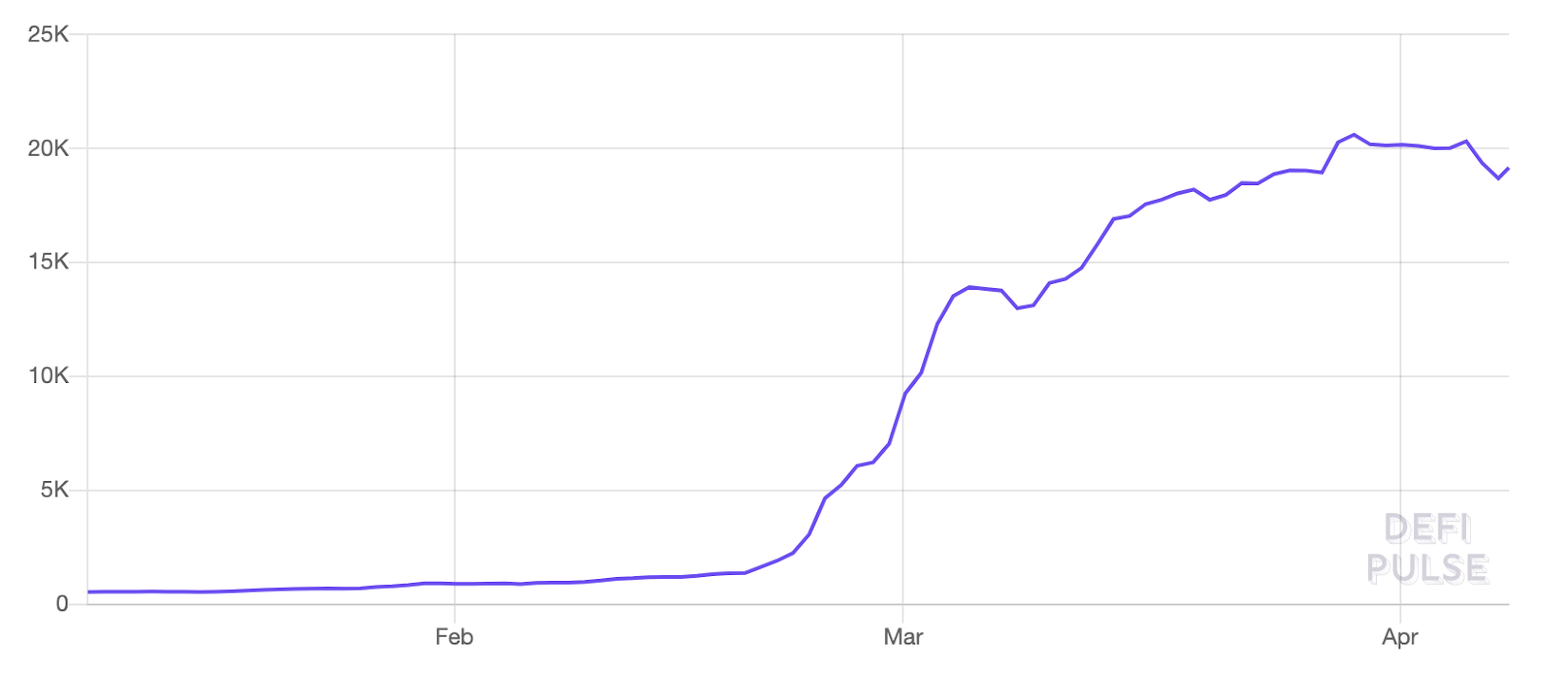
ETH locked on Polygon. Source: DeFi Pulse.
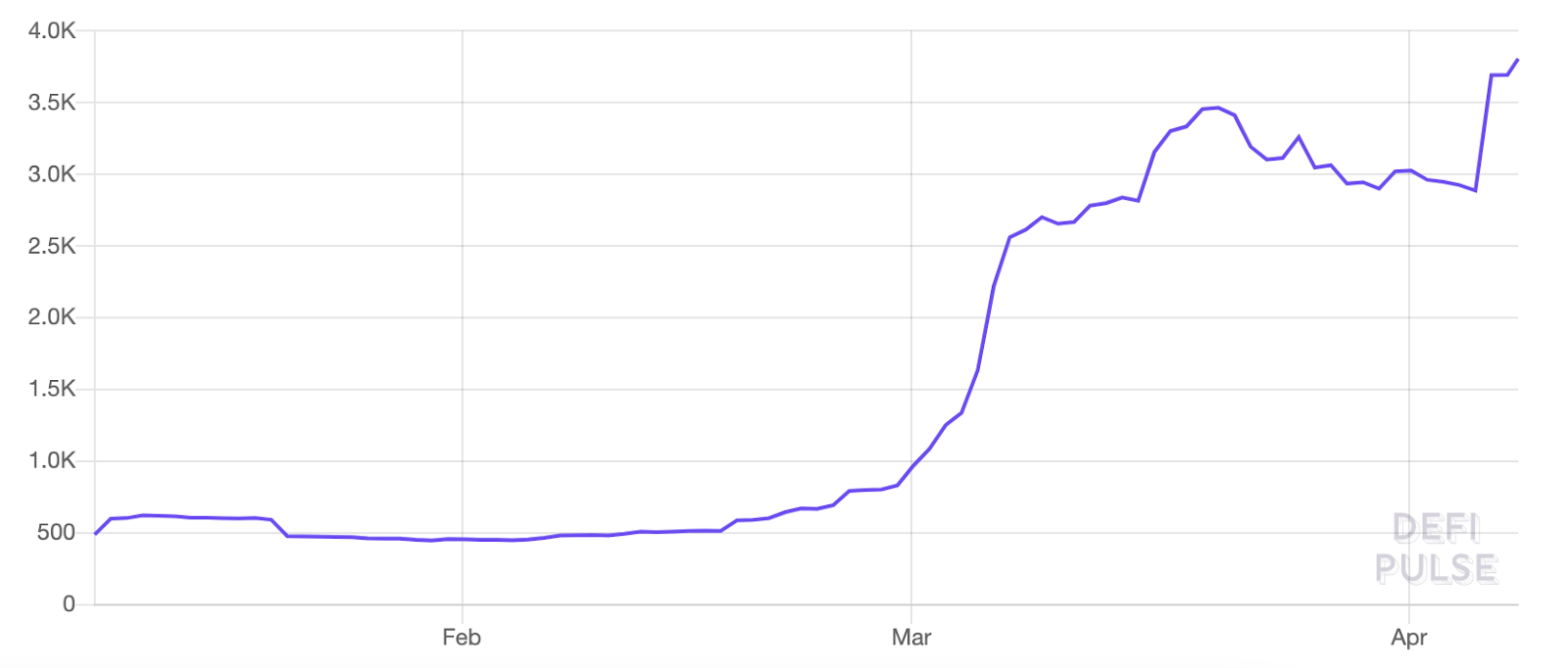
ETH locked on xDAI. Source: DeFi Pulse.
People and projects are slowly migrating to Ethereum’s sidechains for cheaper transactions. But why are they doing it now, given that these solutions existed for a while?
In one of the previous issues of Alphaverse, I mentioned that one of the strongest selling points of Ethereum is “composability,” in other words dApps on Ethereum benefit from tight interconnectedness. Liquidity begets liquidity, and usage begets usage. It’s challenging to kickstart an ecosystem, but a vibrant ecosystem generates activity on its own.
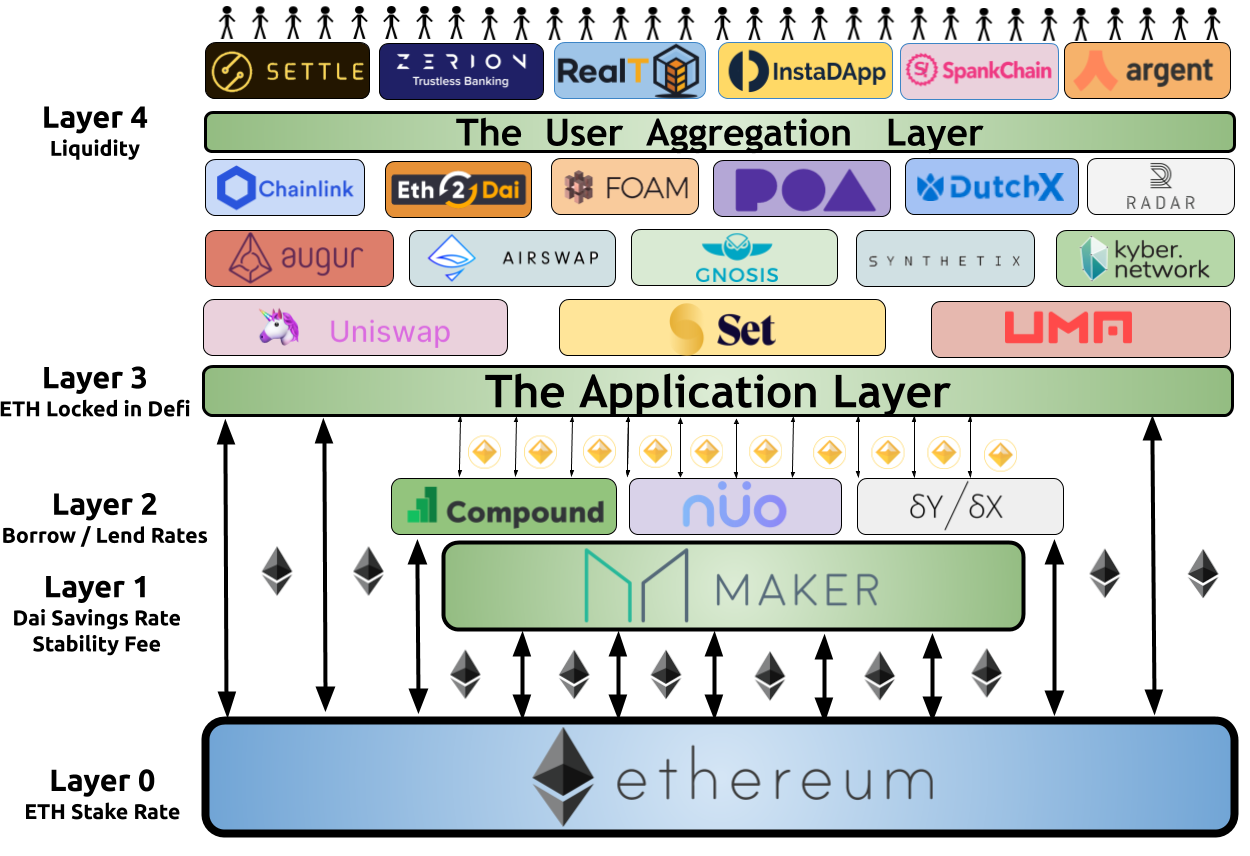
DeFi stack. Source: The Defiant.
The number of projects on Polygon and xDAI has been growing, and now even large and reputable dApps like Aave are deploying on sidechains. If the trend continues, the composability of Layer 2 chains will grow, and they will become more attractive to retail users. With fiat on- and off-ramps, Layer 2 users won’t even have to interact with the slow and expensive Ethereum network.

The top Polygon-based dApp is already generating millions of dollars in volume. Source: DappRadar.
The more usage sidechains generate, the more attractive they will become to Ethereum-based dApps. Since transaction costs are significantly lower there and they run the same code as Ethereum does, it doesn’t take much money and effort to deploy sidechain versions of the existing dApps.
Thanks to cross-chain bridges, sidechain dApps can be easily tied to the Layer 1 ones, which helps improve the composability of the entire system. However, there will still be silos since Polygon, xDAI and similar players are competitors.
This brings me to more neutral solutions like Optimistic Rollups and ZK-STARKs. Without diving into technical details, these solutions can be universally implemented to increase scalability for dApps living on Ethereum without damaging the network’s composability.
Optimistic Rollups have been tested by large Ethereum projects like Uniswap, Synthetix, and MakerDAO. ZK-STARKs have been powering dApps like DiversiFi and dYdX. These dApps are well-known in the Ethereum community and can generate substantial activity around them.
Once Optimistic Rollups and ZK-STARKs become more widely used, projects such as Polygon and xDAI will likely see users outflow to Ethereum. Until then, with the synergy between Layer 2 and the Ethereum mainnet, these sidechains will help Ethereum stay strong against its killers.
Disclosure: The author of this newsletter holds Bitcoin and Ethereum. Read our trading policy to see how SIMETRI protects its members against insider trading.
